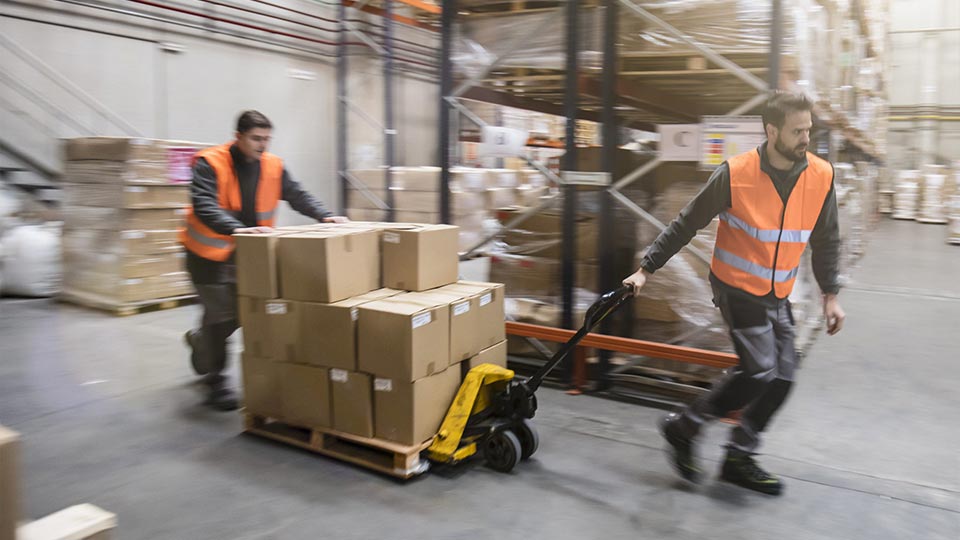As if the past year and a half hasn’t been straining enough, the United States is now facing a shortage of employees to fill jobs across various industries, from manufacturing and hospitality to healthcare and education.
For several reasons (all based around the COVID-19 pandemic), there are many more open positions in the U.S. right now than there are candidates to fill them:
- Some people are hesitant to return to previous positions or find new jobs because they’re afraid of transmitting/contracting COVID-19.
- Some people are uneasy giving up the precautionary measures of the pandemic, like avoiding crowded spaces or close contact with other people.
- Some people are without childcare and can’t return to work with their children still away from school.
To combat this, some employers are coming up with ways to entice applicants, like sign-on bonuses, but they’re leaving their current employees at a loss.
With the shortage of workers growing over the last year and a half, employees who have continued working have been pushed to make up for the missing employees.
Working longer hours more days of the week, under intensified pressure to work faster—whether in the manufacturing industry to produce high numbers of product, or in the healthcare industry to assist an overwhelming number of patients—has created a very high level of risk for employees to develop musculoskeletal disorders (MSDs).
Though some large manufacturers are offering current employees hourly raises and other benefits, with the purpose of encouraging employees to work more, it is only exacerbating employees’ MSD risk level from being physically stressed by working so much.
We hosted our MSD Tsunami webinar in December 2020 to discuss the recent wave of workplace MSDs, and surveyed the audience to hear their thoughts:
- 60% of respondents said efforts and activities related to their industrial ergonomics programs have decreased since COVID-19 began.
- 60% said workplace stress and muscular discomfort/pain has increased
since COVID-19 began. - 85% said their “return to work” playbook included nothing, or very little on industrial ergonomics and reducing workplace MSDs.
- 50% anticipate an increase in workplace MSDs after they return to work.
- 99% of respondents anticipated MSDs from industrial and working from home MSDs
to stay the same or increase.
Like the protocols that were put in place to protect people from the coronavirus, employers need to implement or enhance their ergonomics programs to protect their current and future employees from developing MSDs.
As we moved forward through (and hopefully out of) the COVID-19 pandemic, we can hope that people will return to the workforce and fill positions across industries. Today’s employers can do more than just offer sign-on bonuses to attract applicants; they can provide a truly safe work environment by reducing employees’ risk of developing MSDs.
